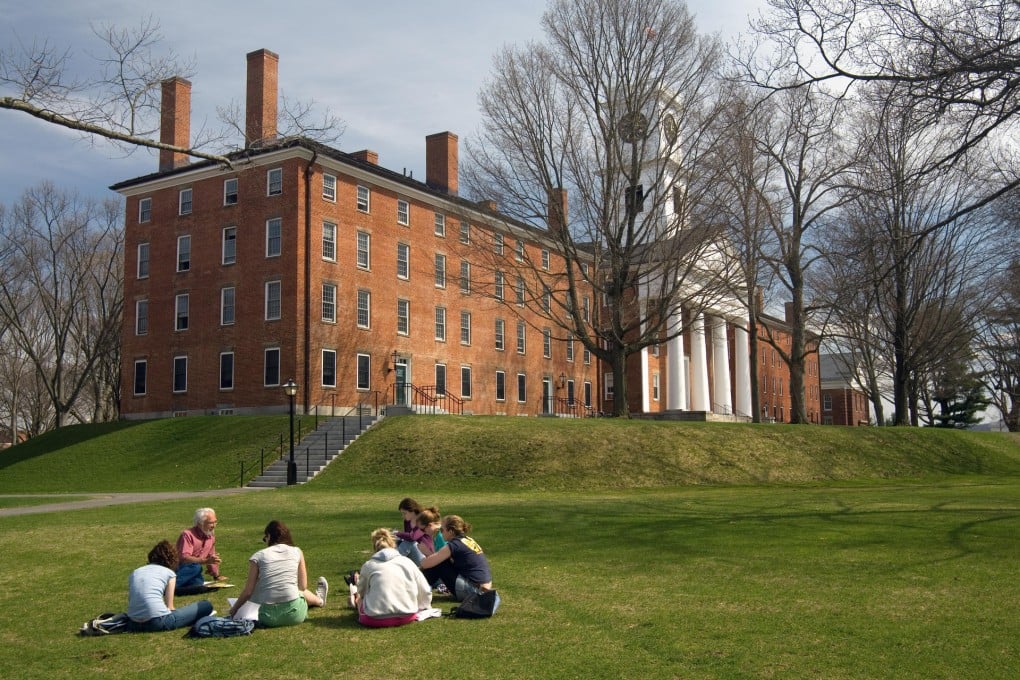
Liberal arts education has a long tradition in the US. Influential figures such as Hillary Rodham Clinton, as well as Soong Ching-ling and Soong Mei-ling, the wives of Sun Yat-sen and Chiang Kai-shek respectively, graduated from Wellesley College in Massachusetts, an institution which is noted for its liberal arts programme.
Many other graduates have become top executives or professionals. But liberal arts education, which operates on a small scale and emphasises close interaction between faculty and students, is yet to be understood in China.
That is part of the reason for a recent trip to Beijing by the president of Amherst College, a liberal arts institution also in Massachusetts.
Carolyn "Biddy" Martin, formerly the provost at Cornell University and chancellor of the University of Wisconsin-Madison, says Chinese students are well aware of Ivy League institutions - all of which have liberal arts education at the core of their curriculum - so such subjects are more familiar to prospective students than they might realise.
"Every Ivy League institution requires general education in the context of a liberal arts tradition," she says.
In her view, a primary difference between large research universities and the best liberal arts colleges is the latter's singular focus on undergraduate education.
